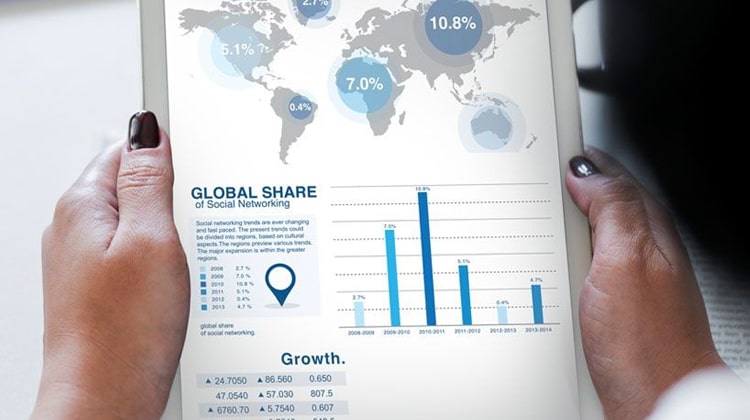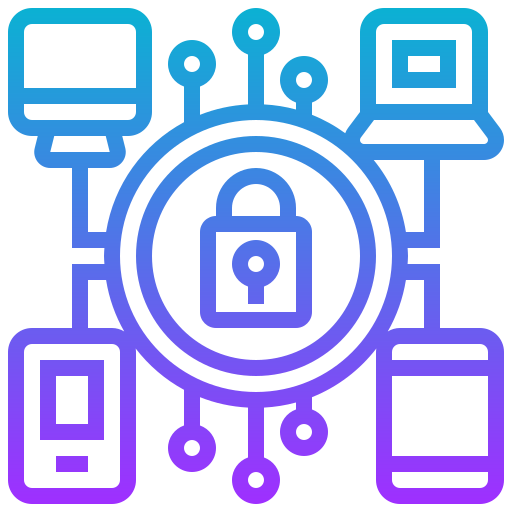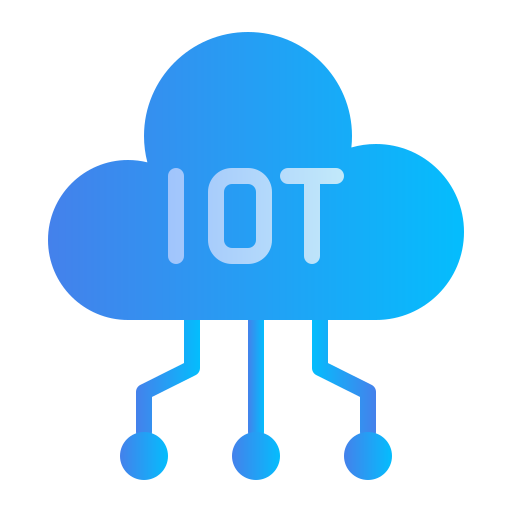
“Unlock the Power of IoT. Seamlessly Connect, Innovate, and Thrive.”
An IoT (Internet of Things) solution refers to the integration of connected devices, sensors, data analytics, and networking technologies to enable the exchange of data and facilitate automation and decision-making in various domains. IoT solutions can be deployed across industries such as healthcare, manufacturing, transportation, agriculture, smart cities, and home automation, among others. Here's an overview of key components and considerations for developing and implementing an IoT solution:
Connected Devices and Sensors:
IoT solutions rely on a network of connected devices and sensors to collect data from the physical environment. These devices can include sensors for measuring temperature, humidity, pressure, motion, light, and other environmental parameters. Connected devices may range from simple sensors and actuators to complex industrial machinery, consumer electronics, vehicles, and wearables.

IoT solutions require robust networking infrastructure to facilitate communication between connected devices and transmit data to centralized platforms or cloud services. Networking technologies commonly used in IoT deployments include Wi-Fi, Bluetooth, Zigbee, Z-Wave, LoRaWAN, cellular networks (2G, 3G, 4G, and 5G), and satellite communication, depending on the requirements of the application and the range of coverage needed.
Data Collection and Processing:
IoT solutions generate vast amounts of data from connected devices and sensors. Effective data collection, aggregation, and processing are essential for deriving actionable insights and making informed decisions. Data processing tasks may involve real-time stream processing, batch processing, edge computing, and machine learning algorithms to analyze and extract meaningful information from raw sensor data.
Cloud platforms such as Amazon Web Services (AWS), Microsoft Azure, Google Cloud Platform (GCP), and IBM Cloud offer scalable infrastructure and services for storing, processing, and analyzing IoT data. Edge computing technologies bring computation and data storage closer to the source of data generation (i.e., the edge of the network), enabling real-time data processing, reduced latency, and bandwidth optimization.
Security is a critical consideration in IoT solutions to protect data privacy, prevent unauthorized access, and mitigate cybersecurity risks. IoT security measures may include device authentication, encryption, secure communication protocols (e.g., TLS/SSL), access control mechanisms, and regular software updates and patches to address vulnerabilities.
Interoperability standards and protocols play a crucial role in ensuring compatibility and seamless integration between different IoT devices and systems from various vendors. Standards organizations and industry consortia such as the Industrial Internet Consortium (IIC), Open Connectivity Foundation (OCF), and IoTivity promote the development of open standards and interoperable IoT solutions.





Analytics and Insights:
IoT solutions leverage data analytics techniques to derive insights, detect patterns, and predict trends from IoT data streams. Advanced analytics capabilities such as predictive analytics, anomaly detection, machine learning, and artificial intelligence enable organizations to optimize operations, improve efficiency, and create new business opportunities.

Application Development and User Interfaces:
"Unlock the Power of IoT"
Data Collection and Processing:
User-friendly interfaces and applications enable stakeholders to interact with IoT systems, visualize data, and control connected devices. Application development frameworks, dashboards, and visualization tools allow users to monitor IoT deployments, set alerts, and perform actions based on predefined rules and thresholds.
Scalability and Flexibility:
IoT solutions should be designed with scalability and flexibility in mind to accommodate growing numbers of connected devices, increasing data volumes, and evolving business requirements. Scalable architectures, modular designs, and flexible deployment options help organizations adapt to changing needs and scale their IoT deployments effectively.

